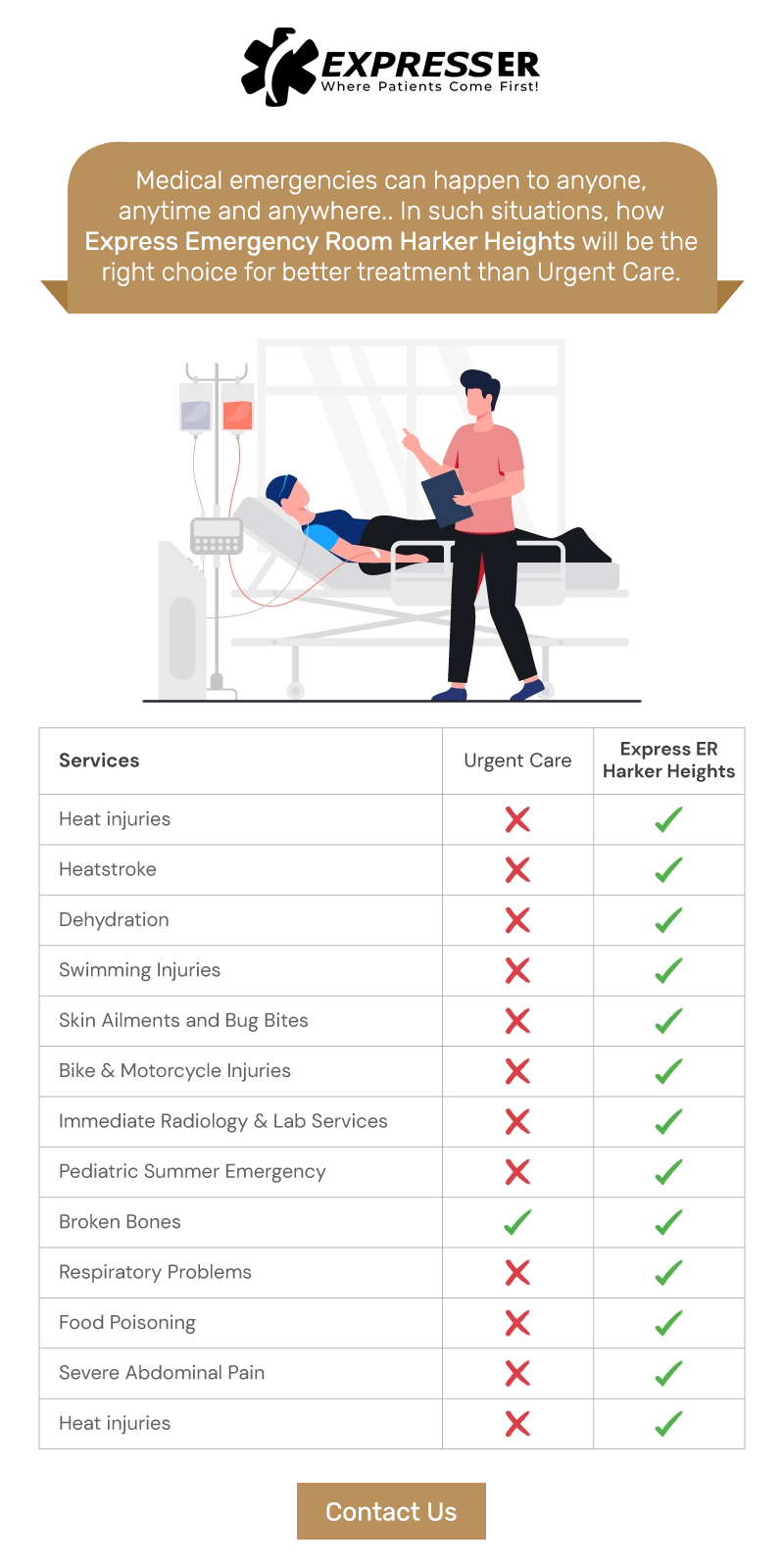Abdominal pain is one of the most common complaints among adults. But, it affects children too. The pain can be sudden and acute or chronic, meaning the symptoms are less severe, but last for long. Acute abdominal pain is more common and it causes unbearable pain and at times requires an emergency room treatment for abdominal pain.Before you visit an ER for abdominal pain, it is important to know the cause and the symptoms. If you have ever visited an emergency room before, you know how busy they are, and knowing the exact location of the pain is important.
Where Do You Feel the Pain?
When it comes to abdominal pain, the location of the pain will reveal the cause and determine the treatment.
You can feel abdominal pain on either the right, left, upper, or lower abdomen.
Generalized abdominal pain
If the pain is generalized throughout the abdominal pain and is not affecting any specific part. It may be caused by several conditions like appendicitis.
Crohn’s disease, irritable bowel syndrome, and urinary tract infection can cause you to have severe abdominal pain. UTI can make it hard to pee and it can lead to serious problems. Therefore, visit an emergency room for severe pain.
Upper abdomen
The upper part of the stomach is home to several organs like the liver, gallbladder, and pancreas. Any infection or problem on these organs can cause abdominal pain.
Pain in your upper abdomen occurs differently based on the cause; it can be mild, severe, or come and go (occur in waves). The most common causes of this kind of pain include indigestion, gallstones, gastritis, heart attack, and pneumonia. The symptoms you need to watch out for include nausea, vomiting, intense cramping, and burning feeling.
You may also feel pain in the center of the stomach. This is usually caused by gastroenteritis, appendicitis, injury or uremia (the buildup of waste products in the blood), or peptic ulcers.
In most cases, it is hard to distinguish what is the cause and therefore you need urgent care or emergency room for stomach pain.
Lower abdomen
Lower abdominal pain at times occurs as cramp-like discomfort. It may be caused by gas, indigestion, inflammation, infection, menstrual pain, or constipation.
Menstrual pain and constipation can be managed at home with remedies and hot water treatment.
However, seek emergency treatment if you experience frequent urinating accompanied by a burning feeling or if you have pressure on the stomach.
Right abdomen
The right part of the abdomen contains the colon and right ovary in women. The pain disappears in about a day or two. But, if it persists, it could be a sign of appendicitis.
You may also experience vomiting, constipation, fever, nausea, poor appetite, and diarrhea.
Left abdomen
Diverticulitis and kidney stones are the most common causes of left abdominal pain. The kidney is found in both the left and right parts and the pain can be filled on either side.
Kidney stones are a result of mineral accumulation in the kidney. You will begin to feel pain if the stones begin to move around the kidney. This causes severe pain in the abdomen and other symptoms like fever and blood in the urine.
How is it Treated?
The treatment will depend on the cause of abdominal pain. Medication is the most common form of treatment. Surgery at times can be done to treat a problem affecting an organ.
Some diet and lifestyle changes might help to ease the discomfort.
Take Action!
Mild abdominal pain clears out without treatment or with home remedies. However, if the pain is severe, you may need to visit the doctor for treatment, especially if the abdominal pain is associated with trauma.
Seek immediate medical care if you experience, pressure in your chest, bloody stools, persistent nausea, and vomiting, or difficulty breathing. You might need a trip to the stomach ulcer pain emergency room if you have a peptic ulcer and are vomiting blood.
If the pain persists, visit Express ER (Harker Heights) for assessment and treatment.






